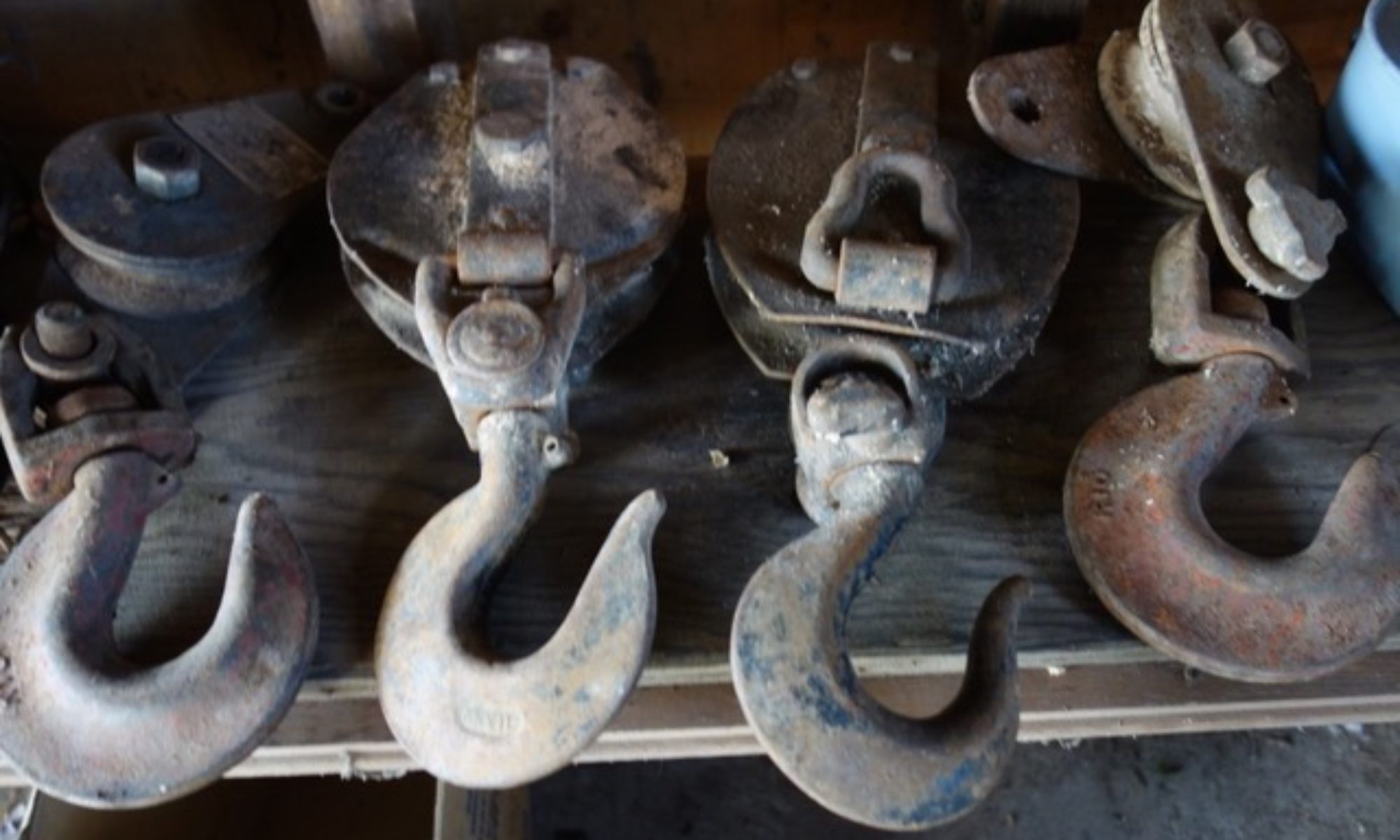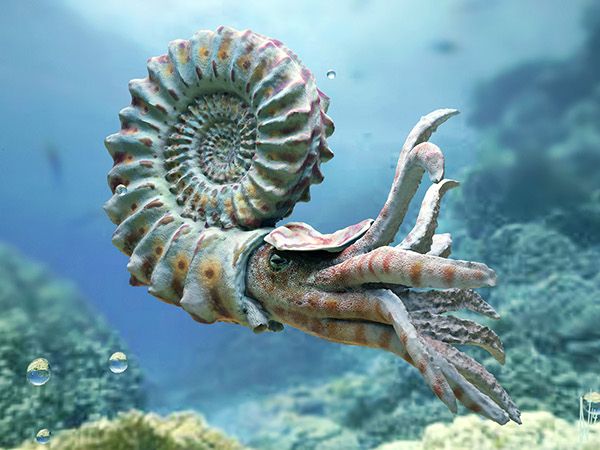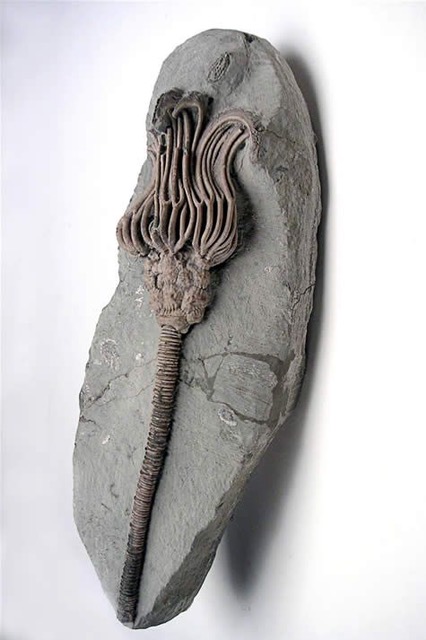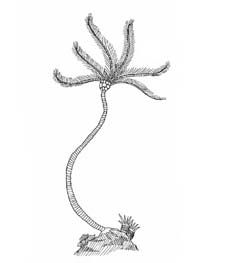NOTE: I CUT OST OF THIS SECTION…HERE IS A FRAGMENT….TRYING TO
DO TOO MUCH AND FAILING.
EPISODE 808 ORODOVICIAN SHALE….ANCIENT CREATURES ONCE LIVED HERE
PART 3 THE SPEECH THAT WAS NEVER GIVEN
alan skeoch
APRIL 27 2023
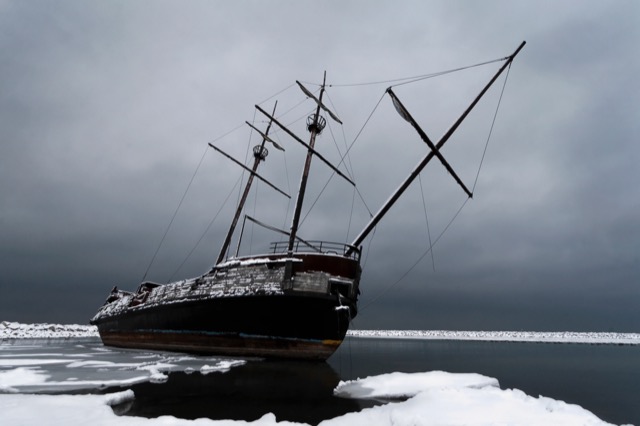
 lifeasahuman.com/files/2013/08/Scourge-figHd_c-650×511.jpg 650w, lifeasahuman.com/files/2013/08/Scourge-figHd_c-600×471.jpg 600w, lifeasahuman.com/files/2013/08/Scourge-figHd_c.jpg 1450w” sizes=”(max-width: 270px) 100vw, 270px”>
lifeasahuman.com/files/2013/08/Scourge-figHd_c-650×511.jpg 650w, lifeasahuman.com/files/2013/08/Scourge-figHd_c-600×471.jpg 600w, lifeasahuman.com/files/2013/08/Scourge-figHd_c.jpg 1450w” sizes=”(max-width: 270px) 100vw, 270px”> lifeasahuman.com/files/2013/08/FH-Hamilton_c-650×511.jpg 650w, lifeasahuman.com/files/2013/08/FH-Hamilton_c-600×471.jpg 600w, lifeasahuman.com/files/2013/08/FH-Hamilton_c.jpg 1450w” sizes=”(max-width: 270px) 100vw, 270px”>
lifeasahuman.com/files/2013/08/FH-Hamilton_c-650×511.jpg 650w, lifeasahuman.com/files/2013/08/FH-Hamilton_c-600×471.jpg 600w, lifeasahuman.com/files/2013/08/FH-Hamilton_c.jpg 1450w” sizes=”(max-width: 270px) 100vw, 270px”>The wreck above is a fake that was beached near Vineland for many years. It is a mood piece. The carvings are real ….from the Scourge and the Hamilton warships…
sunk in a storm during the war of 1812
The bottom of Lake Ontario is littered with the wrecks of old schooners of which Scourge
and the Hamilton (war of 1812) are the most famous because both Schooners sit upright in 88 metres of
water at he west end of Lake Ontario. They are a museum that we will never see but
they are there for us to imagine. They sit on a bed of Ordovician shale in which fossils
of ancient life are imbedded.
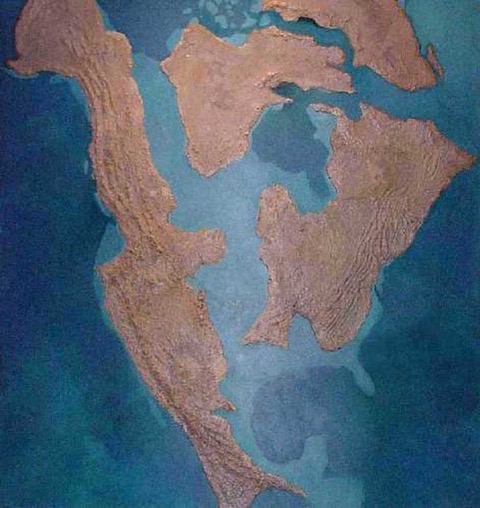
Millions of years ago NORTH AMERICA was two large islands…between the islands was an Inland Sea some 500 feet deep
“There was no land as we know it today as soil and plants…all above the water was just bare granite and volcanic islands…maybe a little bit of algae growing wherethe rock met the seas. Noting else. No trees, no plants, no grass and certainly no flowers. But the seawas full of life. Some places the sea bottoms was carpeted with crinoids.”“How do you know?”“because some of these pieces of shale have crinoid fossils so thick that the shale is hard to find. At somepoint whole populations of crinoids died another bodies settled into the mud only to be changed by chemicalaction over millions of years into he fossils we can find littered here and there on this shingle beach.”“What did they eat?”“Nautiloids were predators. They ate other creatures, especially little trilobites. The inland sea tamed with life.A Nautillus…descendent of the Ordovician nautalloids that lived 450 million years ago“Most nautiloids did not survive the five great extinctions that devastated living things on our planet. Most but not all.One nautallus can still be found in the deep tropical waters of the Asian Pacific Ocean. Not easy to find for it dives intothe dark depths of the ocean in day time and only rises to kill when the moon does. A scary but beautiful creature.”“The creature that seems to have been very common 450 million years ago, Crinoids looked like plants.As a matter of fact some called them ‘sea lilliies’. But they were animals. At the bottom of their long neck (spine if you will),crinoids had root like feet that anchored them to the bottom of the ancient seas. At the top of their long neckswas a bunch of tentacles that waved in the ocean currents grabbing plankton and other bits of edible thingsthat drifted by. The plankton was taken by the tentacle and dropped or placed in the crinoid mouth at the tentacle base.The food was chewed and the good parts were kept. The rejected parts were spit out. A crinoid had a mouth anda rectum in the same place.”“Could they move?”“Yes, slowly the feet moved from stone to stone.”“Were they common?”“Very common…they lived in great clusters wherever plankton moved on ocean subterranean currents.”“And if current changed they walked to a better spot, right? How big were they?”“The fossils I have found that look like crinoids are quite small but I read somewhere that the crinoids couldbe as much as 140 feet long.
alan
